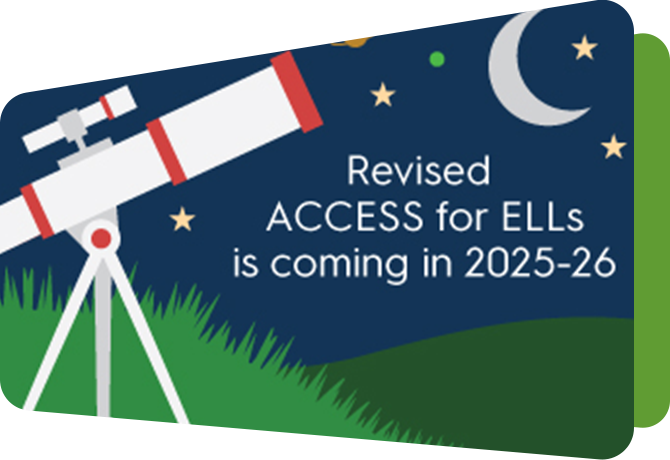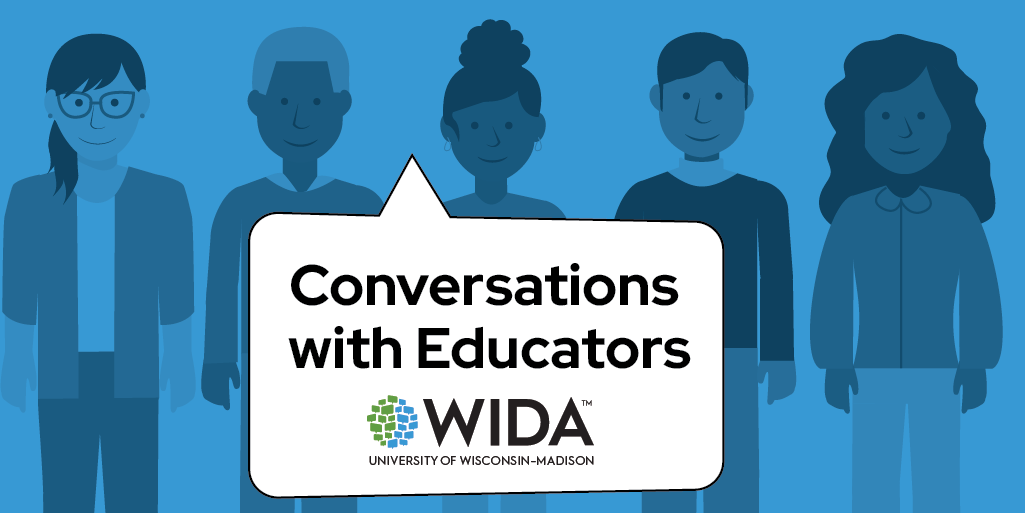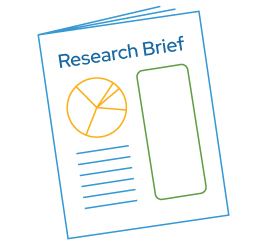Published: June 2018
Authors: Vitaliy V. Shyyan, Melissa L. Gholson and Laurene L. Christensen
English learners with significant cognitive disabilities are gaining more national attention due to the dearth of instructional and assessment approaches to serve these students on their pathways to college, career, and community readiness. The Alternate English Language Learning Assessment (ALTELLA) project examines instructional practices and policies for English learners with significant cognitive disabilities to create an evidence-centered design approach and to establish a framework to inform development of an alternate English language proficiency assessment. This framework encompasses identification, data collection, team decision making, accessibility and accommodations, and educator professional development. ALTELLA considers the number and characteristics of both disabilities and languages associated with each student as well as the instructional implications. Based on project findings, ALTELLA identified the following considerations to help educational stakeholders serve English learners with significant cognitive disabilities more effectively.
Identification of English Learners With Significant Cognitive Disabilities
The first step is for states, districts, and schools to identify English learners with significant cognitive disabilities. However, a federal-level definition is unavailable for this category of students. To fill this gap, ALTELLA defines English learners with significant cognitive disabilities as individuals who have one or more disabilities that significantly limit their intellectual functioning and adaptive behavior as documented in their Individualized Education Programs, and who are progressing toward English language proficiency in speaking, reading, writing, and understanding.
Second, states should develop sound approaches to identifying English learners with significant cognitive disabilities at all grade levels, not just relying on content assessments. Existing data systems do not identify students in grades outside of content assessment requirements, for example, K-2 and high school non-tested grades. Ongoing identification requires evaluating the state data system and developing policies and procedures for generating valid data for English learners and for students with significant disabilities to see if any new students qualify as English learners with significant cognitive disabilities. Home language surveys do not assess for disability. In addition, those conducted in early years may become outdated by middle or high school, and they may not include more detailed questions about language demands across multiple settings. Also, many students identified for special education services in early years may not have been considered for language services, and tools like a home language survey may not be sufficient to identify English learners with significant cognitive disabilities. Therefore, educators, students, and families would benefit from additional tools that support identification of English learners with significant cognitive disabilities.
Collecting Information on Multiple Measures
Educators should consider a variety of instructional approaches and strategies as well as assessment formats (e.g., item-based tests, portfolios, rating scales, protocols for generating parent/caregiver input available in family’s home language) to gather information on English learners with significant cognitive disabilities in their states. For this student population, information should include the student’s home language use, cultural affiliation, communication systems (including assistive technology) used, language learning goals, and use of adaptive technology devices. Educators should also record and monitor data on student performance on alternate assessments based on alternate achievement standards (Thurlow, Christensen, & Shyyan, 2016). According to a U.S. Department of Education memo, states may develop alternate English language proficiency achievement standards for the alternate English language proficiency assessment (Rooney, 2017). Based on their benchmarks, states will be able to collect additional information on the English language development of this population of students.
A Team Approach to Decision Making
No single category of teachers can be wholly responsible for meeting the diverse needs of English learners with significant cognitive disabilities. Due to the complexity and variability of their languageand disability-related needs, it might be challenging for one educator to make appropriate instructional and assessment decisions for these students. As per a federal guidance document of July 18, 2014, the Individualized Education Program teams for English learners with disabilities should include persons with expertise in second language acquisition in addition to special education teachers and service professionals, plus general education teachers (if the student is, or may be, participating in the regular education environment), families, public agency representatives, students themselves (if appropriate), and other individuals (U.S. Department of Education, 2014). The team approach is conducive to comprehensive collaboration among English as a second language and bilingual teachers, general content teachers, special education teachers, and related service providers to ensure that informed decisions are made about instructional and assessment supports for English learners with significant cognitive disabilities.
Approaches to Accessibility and Accommodations
A multitiered approach to accessibility and accommodations in instruction and on assessments allows for more comprehensive ways of providing these resources to English learners with significant cognitive disabilities based on their unique needs and preferences. States and districts should ensure educators are aware of existing and emerging accessibility features and accommodations, provide them to their students meaningfully, and evaluate their effectiveness based on students’ use and performance outcomes.
Professional Development Needs
Special education teachers and related service professionals, English as a second language and bilingual education teachers, and general education teachers should engage in professional development opportunities that emphasize collaboration to better serve the heterogeneous population of English learners with significant cognitive disabilities. States and districts should pay special attention to development of intercultural competence of educators, particularly their awareness of intercultural similarities and differences in nonverbal communication. Educators need to understand perceptions of students’ disabilities in their and their families’ cultures as well as the potential implications for biases associated with these perceptions.
References
Christensen, L. L., Gholson, M. L., & Shyyan, V. V. (2018, April). Establishing a definition of English learners with significant cognitive disabilities.
Rooney, P. (2017, June 28). Update on English language proficiency assessments [Memo]. U.S. Department of Education.
Thurlow, M., Christensen, L., & Shyyan, V. (2016). White paper on English language learners with significant cognitive disabilities. Minneapolis, MN: University of Minnesota, National Center on Educational Outcomes, English Language Proficiency Assessment for the 21st Century.
U.S. Department of Education. (2014, July 18). Questions and answers regarding inclusion of English learners with disabilities in English language proficiency assessments and Title III annual measurable achievement objectives. Retrieved from https://ncela.ed.gov/resources/journal-addendum-to-questions-and-answers-regarding-inclusion-of-english-learners-with






